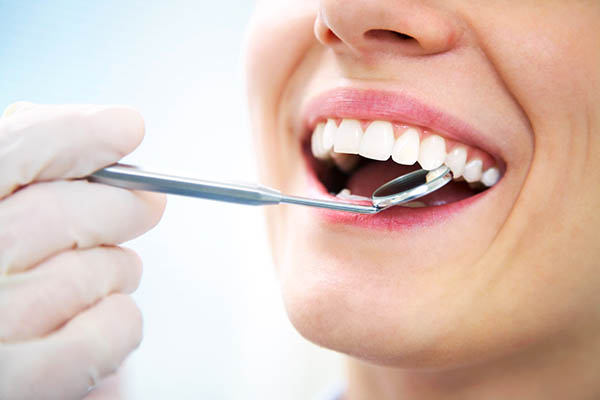 Restorative dentists try to repair a tooth to save it before considering replacement options. Damage and decay can jeopardize a tooth and affect how the smile looks and functions. However, a restorative dentist can restore a tooth's form and function.
Restorative dentists try to repair a tooth to save it before considering replacement options. Damage and decay can jeopardize a tooth and affect how the smile looks and functions. However, a restorative dentist can restore a tooth's form and function.
Restorative dentistry explained
A restorative dentist is any dentist who fixes or replaces teeth. This differs from cosmetic dentistry in that the goal is to restore the form and function of the teeth and not necessarily to make them look better. However, restorative dentistry does have cosmetic benefits. Insurance usually covers restorative dentistry because it is considered necessary for oral health.
Procedures to repair a tooth
Several options exist for fixing teeth damaged by decay, trauma, or wear and tear. Here is an overview of some common tooth repair treatments.
Dental bonding
This procedure can repair minor cracks and chips in teeth and cover stains that do not respond to teeth whitening procedures. The dentist uses a composite resin made to match the color of the patient's tooth. The resin is applied to the imperfection and then shaped appropriately. Then, the dentist uses a special light to harden the material.
Fillings
A dental filling is perhaps the most common dental restoration. After the dentist removes the tooth decay, the hole in the enamel is filled with a material such as gold, amalgam, or composite resin. Most people have had at least one filling.
Root canal
However, when a cavity goes farther than the outer enamel layer and reaches the living pulp in the center of the tooth, a filling is not enough to remedy the problem. In this case, the dentist will remove the pulp and fill the tooth during a root canal procedure. The dentist will often cover the root canal-treated tooth with a crown to reinforce it and protect it from infection.
Dental crowns
A dental crown is a tooth-shaped cap that covers a tooth damaged by trauma or decay. In addition to reinforcing a root canal-treated tooth, a dental crown can repair a tooth that is too heavily damaged to repair with dental bonding or other restorations. Crowns restore a tooth's appearance, protect it from further damage or infection, and restore its chewing function. Crowns can contain various materials, including porcelain, metal, composite resin, or a combination of materials.
Inlays and onlays
Sometimes, a dental filling or dental bonding is not enough to repair a damaged tooth. However, the tooth is not damaged enough to require treatment with a dental crown. Inlays and onlays are restorations that replace large parts of the tooth structure. For example, if the center top of the molar needs replacing, a dentist will recommend an inlay. However, if the damage extends to the cusps of the molar, the dentist will recommend an onlay.
Let us repair and restore your smile
Scripps Ranch Dental repairs patients' teeth so they can return to smiling with confidence. Repairing teeth is not only important for how they look but also for protecting them and restoring their function. Call us today to learn more about what a restorative dentist can do for you.
Request an appointment or call Scripps Ranch Dental at 858-222-6164 for an appointment in our San Diego office.
Related Posts
Restorative dentists do not only repair damaged teeth. They also enhance overall oral health. From addressing cavities to replacing missing teeth, these dental professionals provide a variety of treatments that restore the function of damaged teeth and protect your oral health.Restorative dentistry is the dental specialty that restores damaged and decayed teeth. These professionals also…
For many people, the decision to get dentures is a significant step toward reclaiming their oral health and well-being. Getting dentures from a restorative dentist can help restore confidence, function, and the joy of showing off your smile. If you are considering dentures, understanding the process ahead of time can alleviate any concerns and prepare…
A dental crown can help restore the appearance and function of your smile while improving your oral health. Working with a restorative dentist can streamline the process. Here are a few benefits of getting a dental crown from a restorative dentist.Healthy teeth feature an outer shell known as enamel, which protects the underlying dentin. Though…


